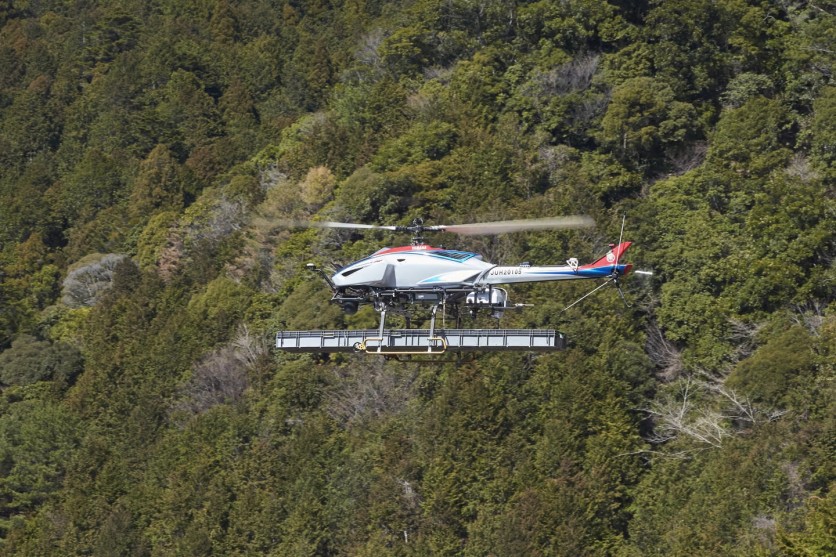
With additional thrust and increased cargo capacity, Yamaha has shown an improved version of its Fazer R G2 unmanned helicopter or drone.
This should improve its suitability for making aerial deliveries, which the business anticipates will help reduce labor costs and speed up business development.
The new unmanned helicopter can now carry a maximum payload of 50kg, which is 15 kg more than the previous model.
"The transport & delivery services have been enhanced by utilizing the automatic navigation version of the model to bolster the company's response to the expansion of transportation and delivery requirements in the sector," the automaker wrote in a press release.
Reinvented Fazer R G2
As reported first by New Atlas, Yamaha's so-called unmanned helicopter has gone through several modifications over the years, including the Northrop Grumman-developed R-Bat and the Fazer R G2, which was designed for agriculture.
Additionally, Japan Airlines tested the usage of this model for seafood delivery in 2020.
The newest iteration of the unmanned helicopter is simply known as the Fazer R G2 Delivery Model and is essentially a reinvented Fazer R G2.
The aircraft is now equipped with a larger, revised main rotor from Yamaha that is 1.8 m (70 in) long instead of the 1.56 m (61 in) of the original version.
In comparison to the original's payload of 35 kg (77 lb), this produces greater thrust, works with a lighter camera system and battery, and has an optimized fuel tank capacity.
The new model can accomplish the task in a minimum of 20 flights as opposed to the previous model's minimum requirement of at least 29 flights to transport 1 ton of material, which helps to shorten the building duration and lowers labor costs.
When used on building sites, this might minimize labor costs and save time. It might also increase the range of goods that an airplane can deliver to houses in mountainous areas and longer-distance deliveries.

This article is owned by Tech Times
Written by Joaquin Victor Tacla
ⓒ 2025 TECHTIMES.com All rights reserved. Do not reproduce without permission.



